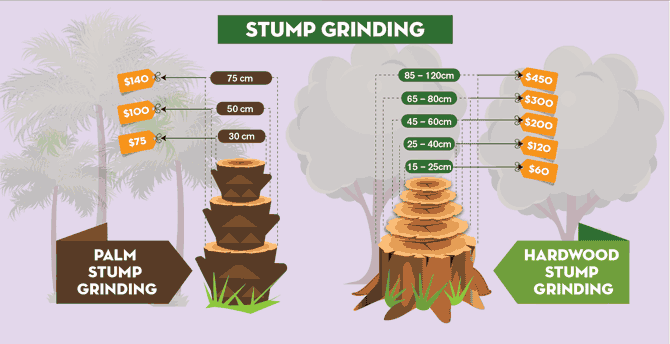Post-Tree Elimination Maintenance: Effective Techniques For Landscape Reconstruction
Post-Tree Elimination Maintenance: Effective Techniques For Landscape Reconstruction
Blog Article
Content Produce By-Hinrichsen Als
After a tree's removal, your landscape may look fairly different, and it's essential to analyze the consequences very carefully. You'll intend to review the dirt disruption and examine surrounding plants for any type of indicators of stress and anxiety. Neglecting these elements can lead to larger issues down the line. So, what should you make with those stumps and roots? And exactly how do you pick the most effective plants for your revitalized room? Let's discover these important actions.
Analyzing the Consequences: Evaluating Your Landscape
After a tree removal, it's important to assess your landscape to recognize the influence it carries your backyard.
Begin by taking a look at the area where the tree stood. https://lorenzotnicx.activoblog.com/39318578/proper-timing-and-strategy-in-trimming-can-change-your-trees-find-strategies-to-boost-their-development-possible for signs of soil disturbance, and inspect the surrounding plants for any kind of stress and anxiety or damages.
You should likewise remember of just how the elimination has actually altered sunlight direct exposure and air flow in your yard. This shift can influence the development of neighboring plants, so it's necessary to examine their health and wellness.
Consider the visual facets also; the removal might create an open space that you can redesign.
Finally, think of any kind of prospective erosion issues that might occur from the tree's lack. Attending to these aspects early will assist recover balance to your landscape.
Handling Stumps and Origins: Choices for Removal
As soon as you have actually analyzed the after-effects of the tree elimination, you'll likely require to deal with the stump and roots left behind.
You have a couple of choices for elimination. click the up coming webpage is stump grinding, where an expert uses a device to grind the stump down to below ground level. This technique leaves marginal interruption to your landscape.
If you favor a do it yourself method, you can utilize a combination of digging and chemical stump removers. Just remember, this process can take some time and effort.
Additionally, take into consideration leaving the stump as an all-natural attribute, which can work as an unique garden element or environment for wildlife.
Whatever you select, resolving the stump and origins is crucial for recovering your landscape.
Choosing the Right Plants for Your New Room
As you examine your freshly removed space, selecting the right plants can dramatically enhance your landscape's beauty and functionality.
Beginning by thinking about the sunlight and soil conditions. For bright locations, select drought-resistant plants like lavender or succulents. In shaded areas, ferns and hostas thrive well.
Think about the dimension and growth habits of your plants; mix perennials and annuals for seasonal selection. Do not fail to remember to include indigenous varieties; they require less maintenance and assistance neighborhood wildlife.
Team plants in weird numbers for a much more natural appearance and create layers for aesthetic depth.
Ultimately, ensure you have a mix of shades and textures to maintain your landscape vivid throughout the seasons.
Pleased growing!
Conclusion
In conclusion, recovering your landscape after tree removal is a gratifying procedure. By analyzing the aftermath, dealing with stumps and origins, and choosing the right plants, you'll create a thriving setting. Do not forget to incorporate erosion control actions to protect your dirt. With a little initiative and care, you can transform your space right into a dynamic garden that boosts your home. Embrace the possibility to rejuvenate your landscape and appreciate the beauty of nature right in your backyard!
